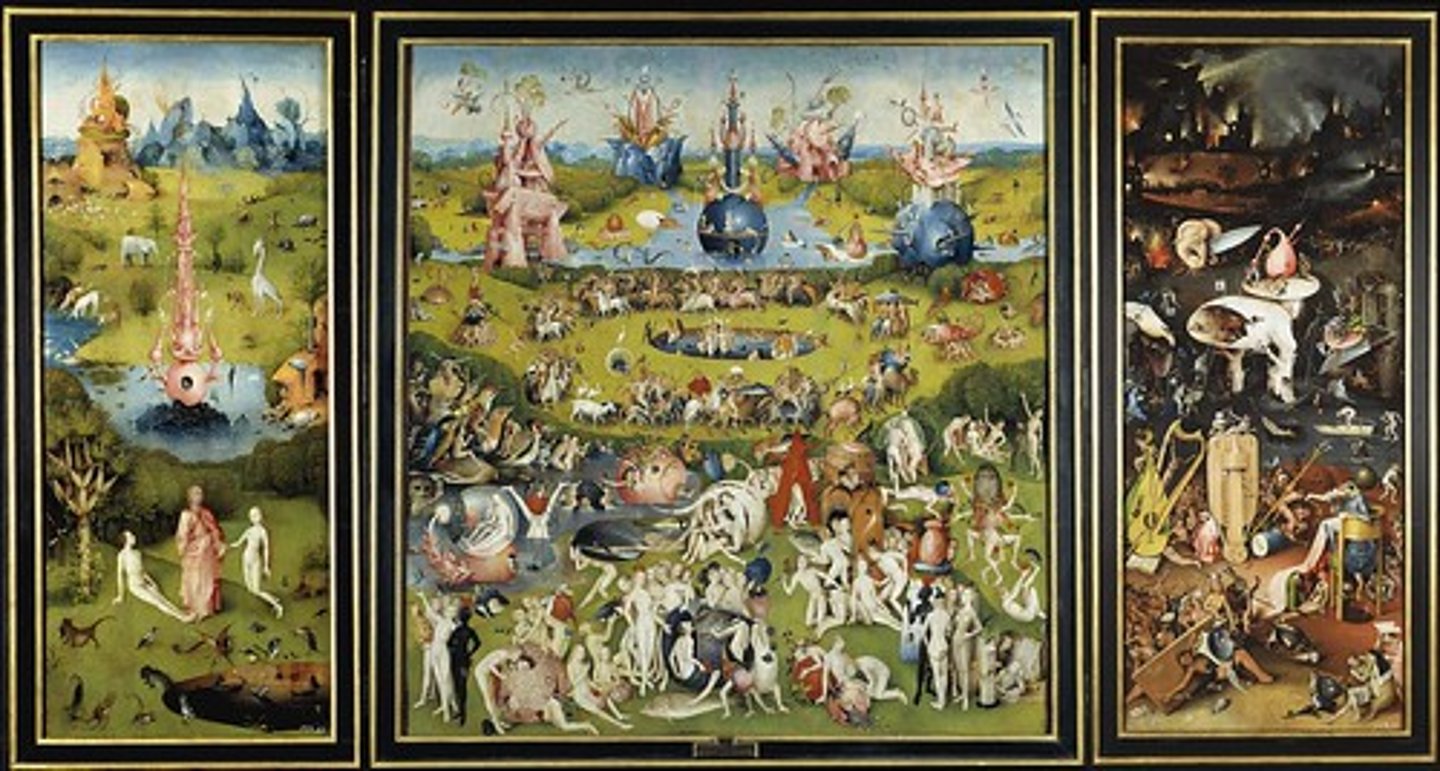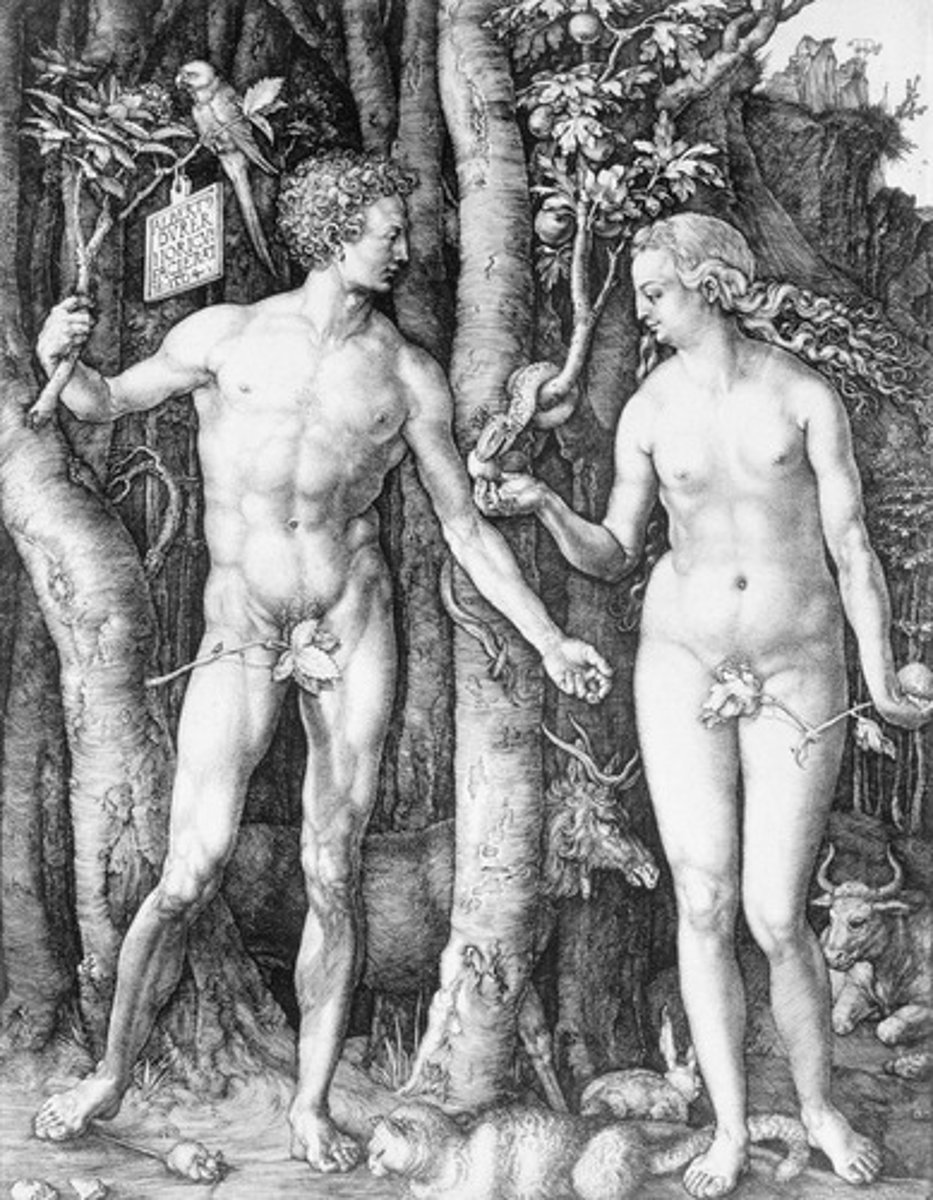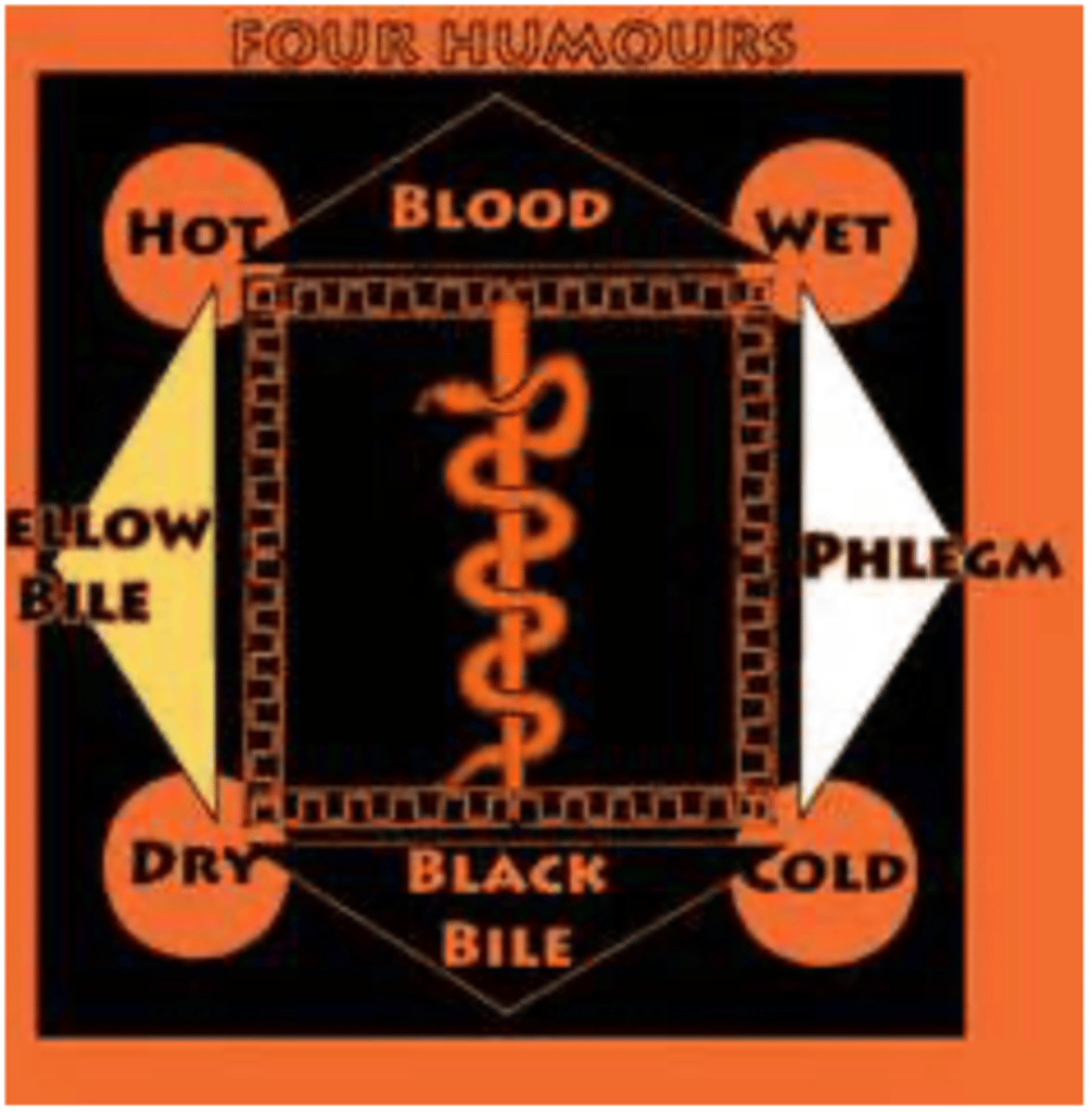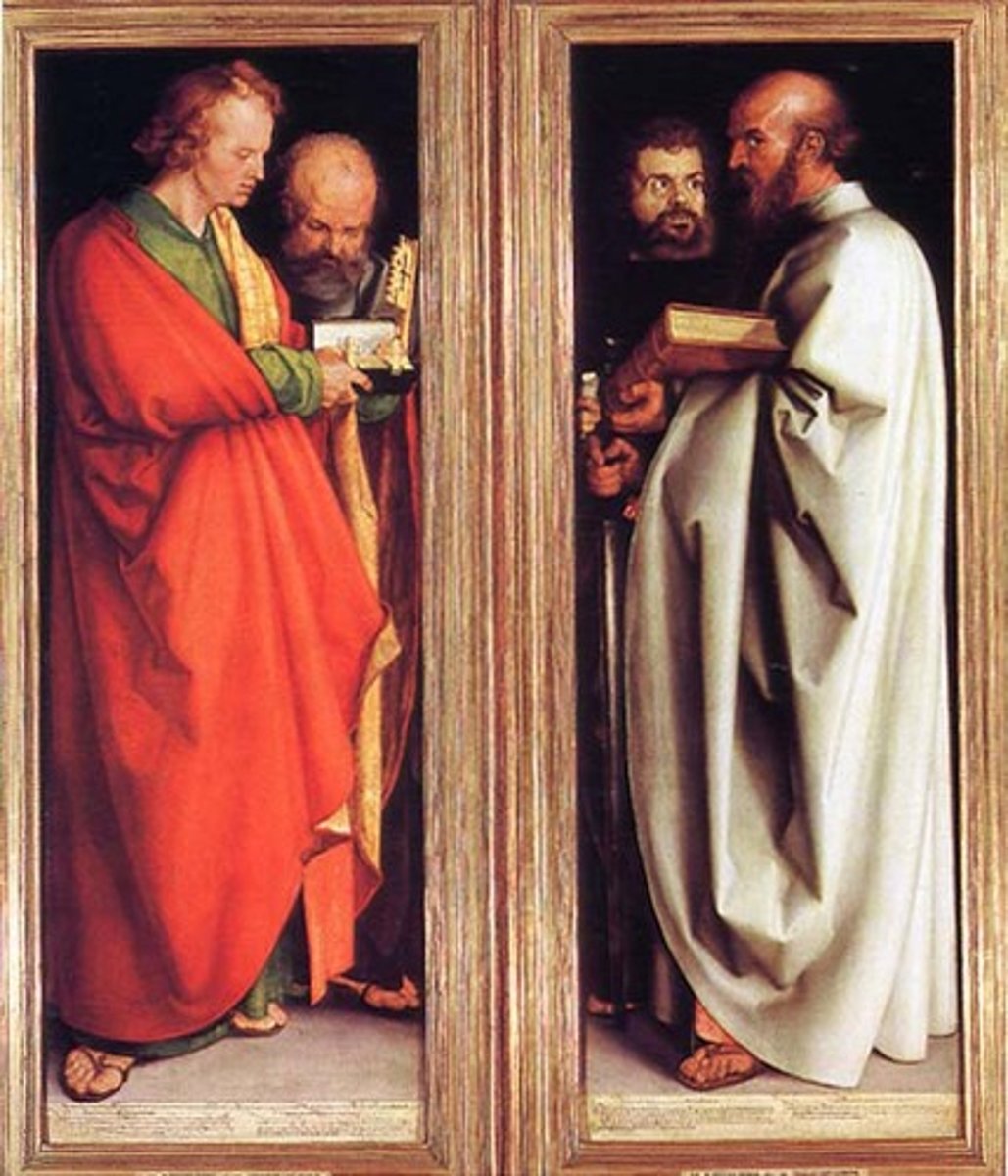Renaissance Art: The 16th Century in Northern Europe
1/10
There's no tags or description
Looks like no tags are added yet.
Name | Mastery | Learn | Test | Matching | Spaced |
|---|
No study sessions yet.
11 Terms
Isenheim Altarpiece: St. Sebastian, the Crucifixion, and St. Anthony Abbott, Matthias Grünewald
1510-1515. Oil on panel. Musée d'Unterlinden, Colmar, France.
Subject: St. Anthony Abbott, the patron saint of skin diseases and plague victims, and St. Sebastian, another plague saint.
Commissioned by two donors of the Isenheim Hospital, it encouraged viewers to have hope.
Wings: Annunciation, Madonna and Child with angels, and the resurrection of Christ
Interior: The temptation of St. Anthony and St. Paul the Hermit
- The interior was only shown on St. Anthony's feast day.

Garden of Earthly Delights, Hieronymus Bosch
1505-1510. Oil on panel. Museo del Prado, Madrid, Spain.
Subject: Garden of Eden and Hell/Alchemy
Left: Adam and Eve with God in the Garden of Eden.
Center: An Eden of bizarre pleasure, it demonstrates the sins of Adam and Eve's descendants before the great flood. It is an overripe paradise.
Right: The torments of damnation in Hell are the repercussions of the sin demonstrated in the center panel.
Closed wings depict an orb representing Earth and the third day of creation, where light is separated from dark, and land is separated from water.

Albrecht Dürer
The first northern artist to embody the artist as a creative genius and demonstrate the innovations of Italian art.
The Northern European "Michelangelo".

Self-Portrait, Albrecht Dürer
1500. Oil on panel. Alte Pinakothek, Munich, Germany.

The Fall of Man (Adam and Eve), Albrecht Dürer
1504. Engraving print. Museum of Fine Arts, Boston.
Animal Symbolism: The Medieval Humors.

The Medieval Humors
Bodily fluids thought to control mood and behavior in the medieval ages and the Renaissance, including black bile, yellow bile, blood, and phlegm.

The Reformation (1517-1648)
The Protestant Reformation began in 1517 with Luther's posting of his 95 theses and ended with various protestant churches.
Effects on art:
- Iconoclasm
- New types of painting
- New iconographies
- Secular art emerges
Martin Luther
a German Augustinian monk who became one of the most famous critics of the Roman Catholic Church.
Luther criticized:
- Abuses of Catholic clergy (indulgences, simony)
- Use of Latin
- Concept of salvation
Iconoclasm/Iconoclast "The breaking of images"
The rejection or destruction of religious images as heretical.
The Complaint of the Persecuted Images, Erhard Schön
1530. Woodcut print. German National Museum, Nürnberg, Germany.
Meaning: The problem with worshipping idols and the destruction of religious art.

Four Apostles, Albrecht Dürer
1526. Oil on panel. Alte Pinakothek, Munich, Germany.
Subjects:
Saint John the Evangelist, St. Peter, St. Mark, and St. Paul
Meaning: Word of God > Church Hierarchy
